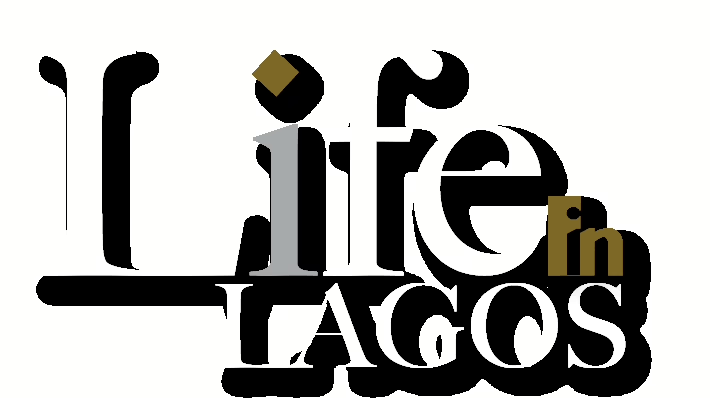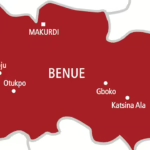Robust Growth in the Middle East and Africa Smartphone Market in Q2 2025
The smartphone industry across the Middle East and Africa (MEA) demonstrated notable resilience in the second quarter of 2025, achieving a 3% increase in shipments compared to the same period last year, as revealed by Counterpoint’s Market Monitor report. This marks the region’s second straight quarter of positive growth, driven by a combination of festive sales during Eid al-Adha, improving economic conditions, and stronger local currencies.
Shifting Consumer Preferences and Market Dynamics
Senior Analyst Yang Wang highlights that the MEA smartphone market began 2025 on a strong recovery path and is now stabilizing, with average selling prices (ASPs) climbing 7% year-over-year. This trend reflects a consumer shift toward premium smartphones equipped with advanced technologies such as AI-powered translation, 5G connectivity, and high-refresh-rate AMOLED displays.
Despite this premium shift, the budget segment-smartphones priced below $100-remains the largest market share, supported by financing options and the ongoing transition from feature phones. While the $200-$299 price bracket contracted, higher price tiers experienced the fastest growth, as buyers balance aspirations for high-end devices with the allure of seasonal discounts.
Brand Performance and Market Leadership in MEA
Samsung’s Continued Dominance
Samsung maintained its position as the leading smartphone brand in MEA, posting a 1% year-on-year growth. The company streamlined its product lineup, reducing active models from 105 to 73, focusing on the popular A-series. Samsung’s success is attributed to competitive mid-range devices, expanded retail availability, flexible payment plans, trade-in programs, and targeted AI-driven marketing campaigns. Additionally, investments in local manufacturing have helped lower costs and reinforce its market leadership.
Transsion Group’s Stronghold with TECNO, Infinix, and itel
The Transsion Group, encompassing TECNO, Infinix, and itel, accounted for 26% of smartphone shipments in Q2 2025. TECNO led with a 17% market share, leveraging an extensive distribution network and affordable, feature-packed devices tailored to local consumer needs. Infinix grew by 14% year-over-year, propelled by youth-centric marketing and dual-SIM smartphones with enhanced camera capabilities. The brand is also expanding its presence in the $300-$599 segment while maintaining strength in the sub-$200 category.
Conversely, itel faced challenges due to supply chain issues, unclear strategic direction, and weak market positioning. Despite these hurdles, itel remains focused on ultra-budget smartphones under $100, targeting cost-conscious buyers.
Xiaomi and Apple: Contrasting Strategies and Outcomes
Xiaomi experienced a modest 9% increase in shipments year-over-year but adopted a cautious approach by trimming its active models from 95 to 75, concentrating on a few flagship devices. Aggressive pricing and localized marketing by competitors like TECNO and HONOUR limited Xiaomi’s expansion. Its average selling price dropped 8%, reflecting a heavy reliance on the $50-$99 segment. While Xiaomi maintains a strong offline presence, its growth pace lags behind some rivals.
Apple, on the other hand, recorded a robust 28% year-on-year shipment increase, driven by deeper channel penetration and anticipation for the upcoming iPhone 17 launch in Q3 2025. The iPhone 16e model saw triple-digit quarterly growth, boosted by promotional offers and financing schemes. Demand for premium smartphones remains particularly strong in Gulf Cooperation Council (GCC) countries, where consumers increasingly favor high-end devices.
5G Expansion Fuels Market Growth
The proliferation of affordable 5G smartphones is a significant catalyst for growth in the MEA region, with 5G adoption reaching 37% during the quarter. Brands such as TECNO, OPPO, and itel have introduced sub-$100 5G models, making next-generation connectivity accessible to a broader audience.
Key markets leading this adoption include Nigeria, South Africa, Egypt, and Kenya. In South Africa, investments by MTN and Vodacom, coupled with favorable tax reforms, have stimulated sales. Egypt’s market expansion benefited from IMEI registration reforms and increased local manufacturing. Kenya’s mobile-first economy, supported by platforms like M-Pesa and microfinance services, also plays a pivotal role. The $200-$599 price segment captured 56% of the market, appealing to both first-time smartphone buyers and those upgrading their devices.
Consumer Trends and Pricing Segmentation
MEA consumers exhibit a dual demand pattern: a strong preference for budget-friendly smartphones alongside growing interest in premium models. The budget category remains dominant, bolstered by financing options and wider availability. Meanwhile, higher-priced segments are expanding rapidly, driven by features such as telephoto cameras, fast charging, and 5G support. Many consumers strategically time their purchases around holiday sales to maximize value while accessing cutting-edge technology.
Outlook: Balancing Innovation and Affordability
Smartphone manufacturers are adapting their portfolios to meet the diverse needs of MEA consumers. Affordable 5G devices attract first-time buyers, while mid-range and premium smartphones cater to upgraders seeking enhanced capabilities. Partnerships with telecom operators and retailers, along with increased local production, are helping brands reduce costs and improve accessibility.
Looking ahead, the MEA smartphone market is poised for continued expansion throughout 2025. The strong performances of TECNO, Samsung’s sustained leadership, and Apple’s premium segment growth underscore the region’s dynamic and multifaceted landscape. As 5G adoption accelerates and consumer preferences evolve, brands will need to strike a careful balance between affordability and innovation. Upcoming product launches, including the iPhone 17, and festive shopping seasons are expected to significantly influence market trends in the coming quarters.























0 Comments